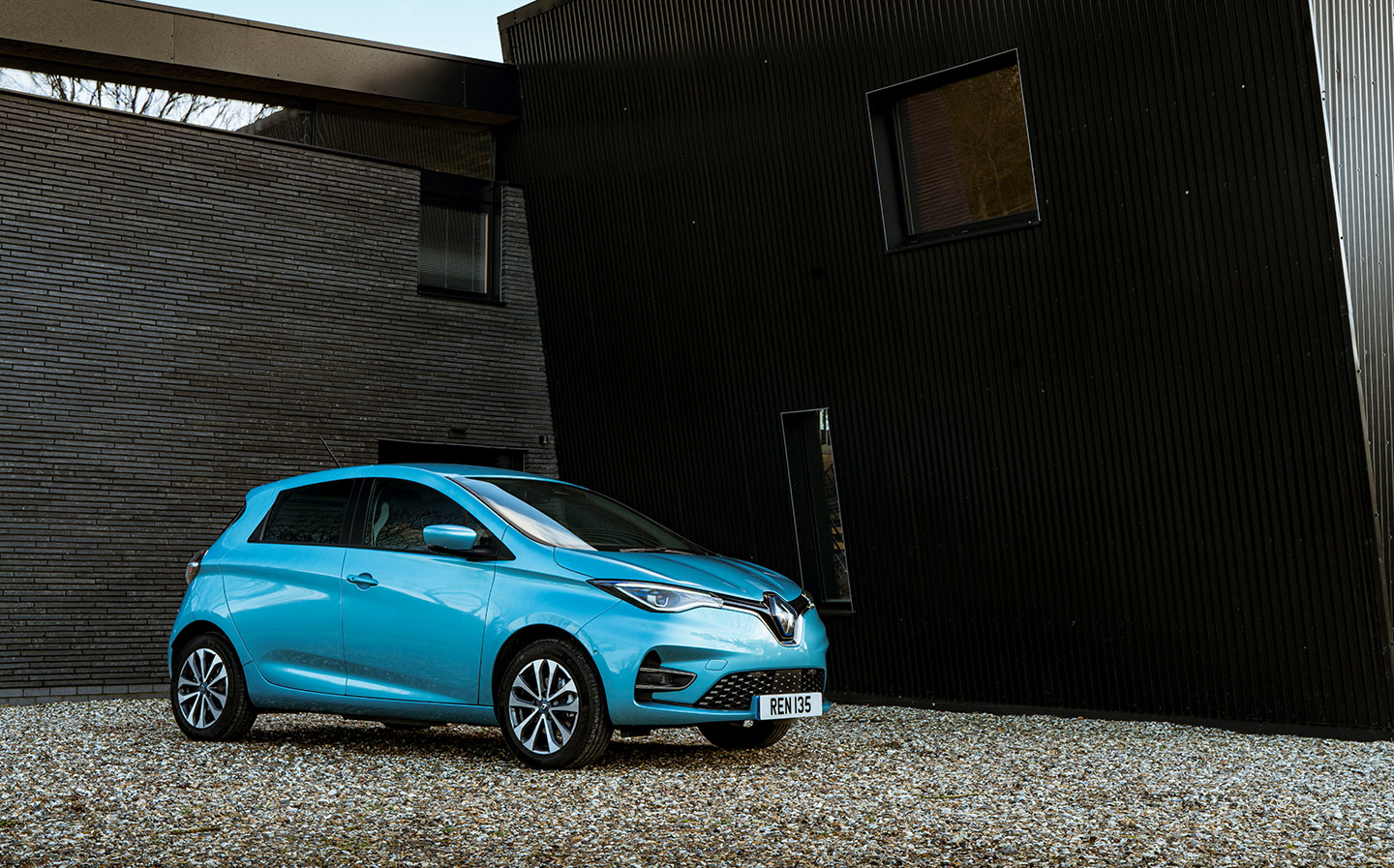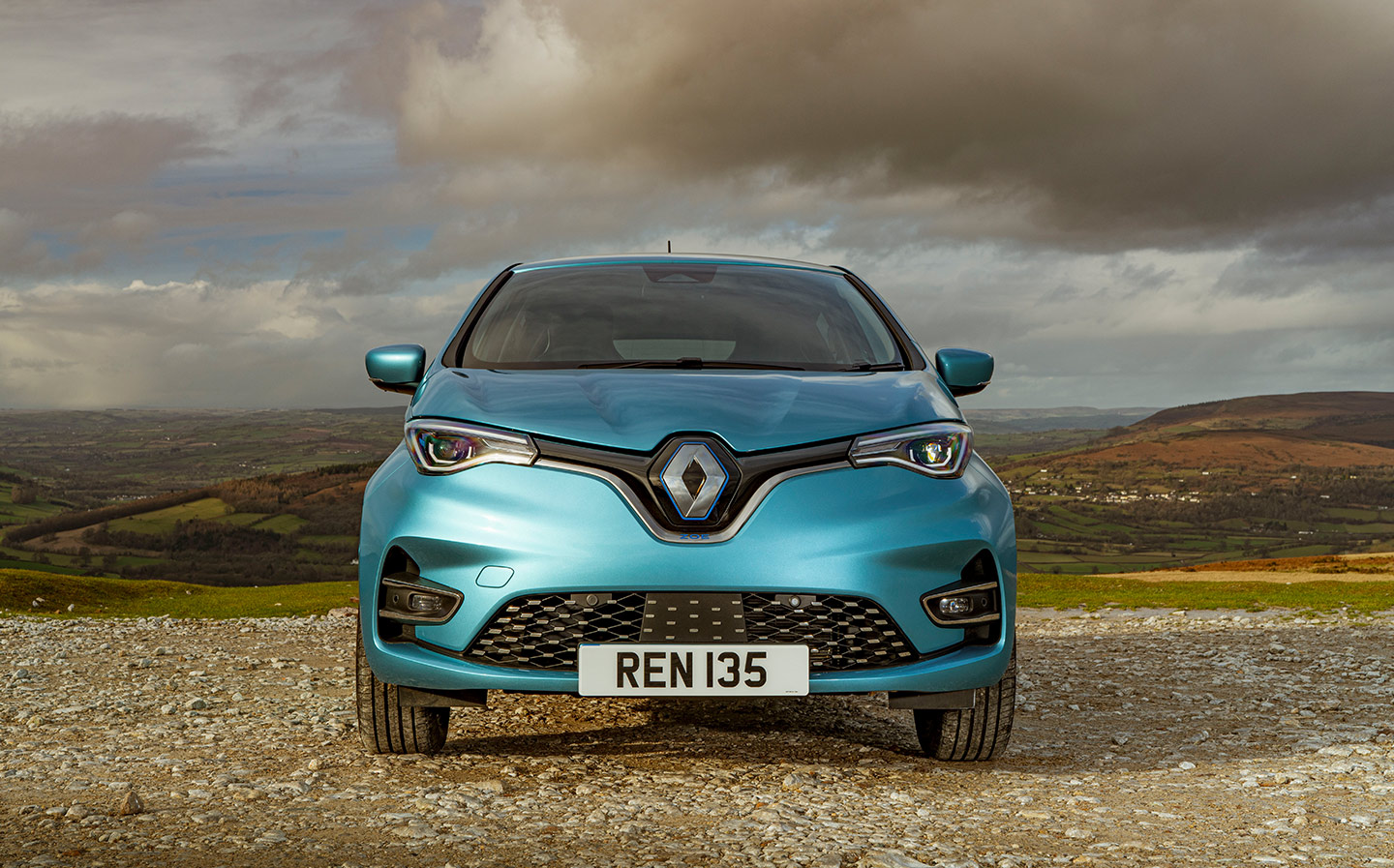
2020 Renault Zoe electric car review
Plucky Zoe battles new challengers with a larger battery and motor powerful motors
The Zoe is not exactly the new kid on the EV block, having first launched in 2012, though the supermini (Clio-size) has had a couple of battery upgrades since then, and a number of new electric motors. Other tweaks to styling and improvements to the interior and charging tech have been introduced to match the new batteries, and Renault considers this new model, launched earlier this year, to be Zoe’s third generation.
The styling has been revised. The rear light cluster has been updated, too, and it’s subjectively one of the more attractive electric car designs out there.
Under the skin there have been more substantial upgrades. New Zoe comes with two electric motor choices: a base 107hp version called the R110 and a more powerful 134hp model, as tested here, called the R135. Both come with a 52kWh battery capable of up to 245 miles (238 for the R135) between charges, according to the WLTP test.
LET'S TAKE A CLOSER LOOK

While not offering engaging dynamics, as a city and suburban runabout the Zoe makes a great deal of sense.
- Grip is good and the ride is OK over uneven surfaces, but handling is much suited to low speed city driving rather than backroad fun.
- The brakes have a nice feel to them. A new “B” driving mode adds extra regenerative braking, allowing you to scrub off a decent amount of speed.
- A very healthily-sized boot for a car of its class (338 litres vs 311 litres for a Ford Fiesta) and space inside for two adults and three children.
- Up front, the large portrait-style infotainment screen is a big improvement on the previous model.
Despite a few niggles the Zoe is a pretty brilliant compact family car .
